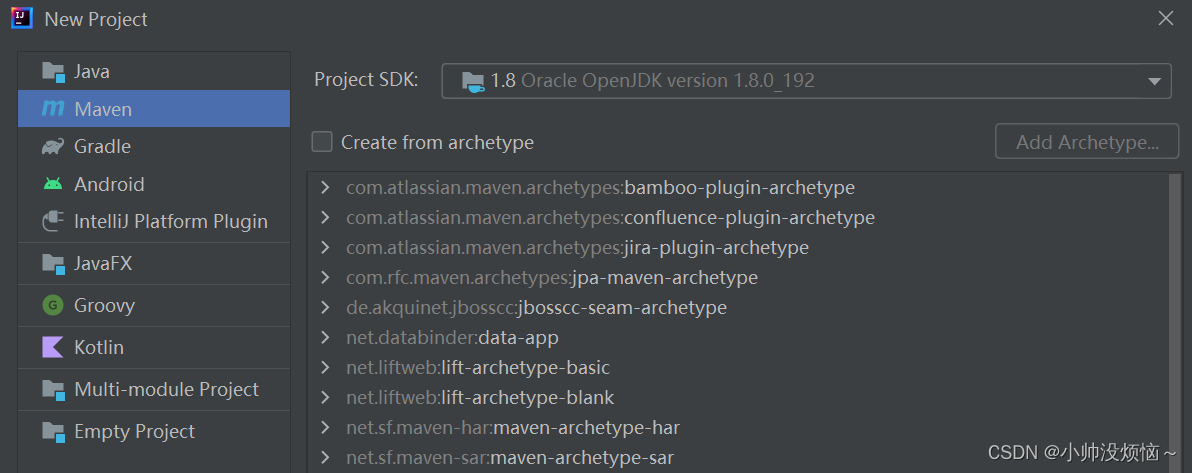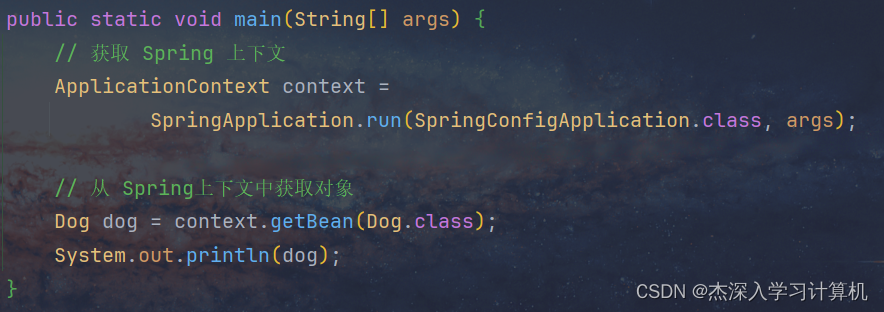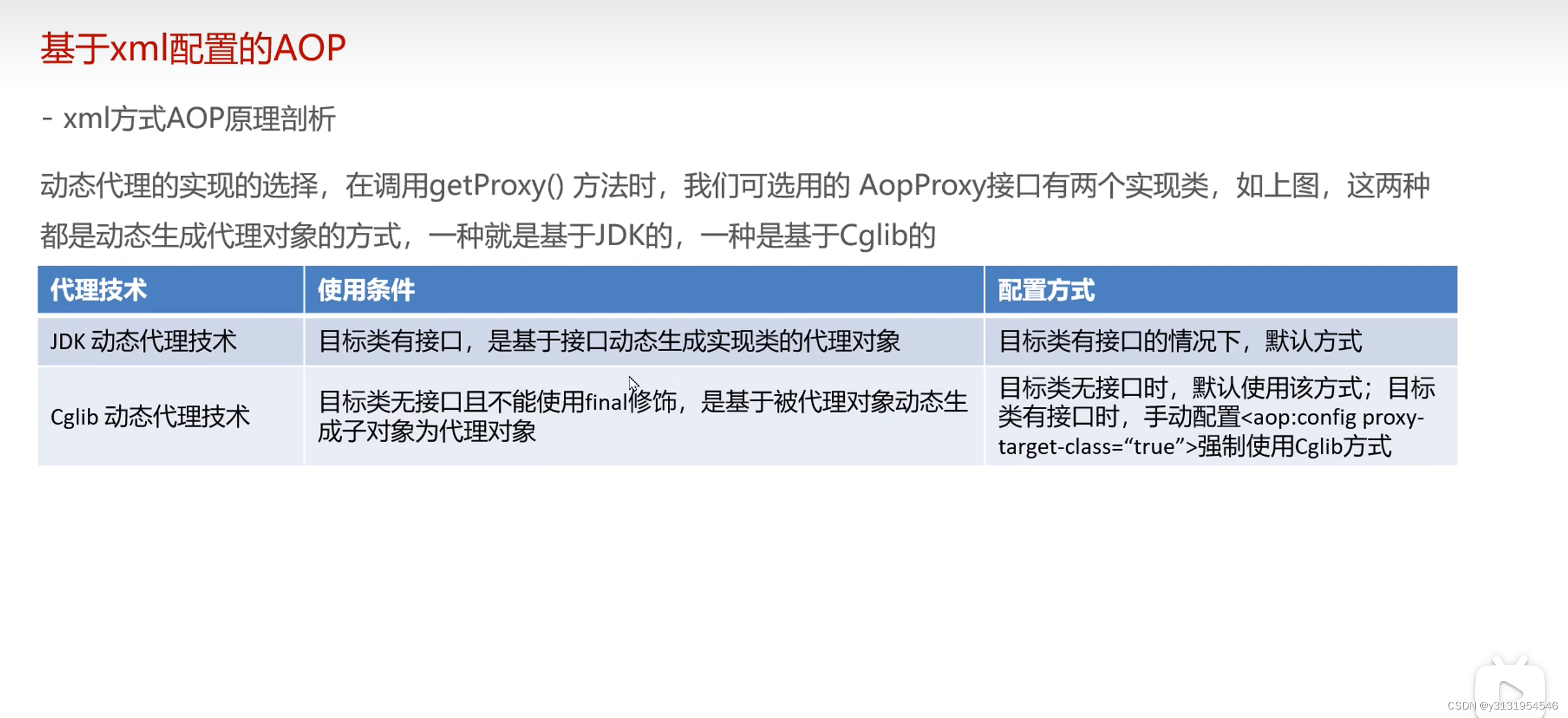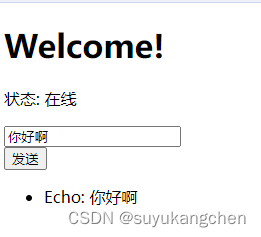本文介绍: 要在Spring Boot中集成Redis,你可以使用Spring Data Redis库来简化操作。最后,在你的业务逻辑组件中注入RedisService并使用它来进行Redis操作。通过在你的业务组件中注入RedisService,你可以轻松地使用Redis进行相关操作。以上示例代码演示了如何使用RedisTemplate来进行基本的设置和获取操作。这只是一个简单的示例,你可以根据需要扩展和调整代码来满足具体的应用需求。然后,创建一个Redis服务类来执行一些基本的操作。
要在Spring Boot中集成Redis,你可以使用Spring Data Redis库来简化操作。
下面是一个示例代码:
首先,在你的Spring Boot项目的pom.xml文件中添加以下依赖:
<dependencies>
<!-- 其他依赖... -->
<dependency>
<groupId>org.springframework.boot</groupId>
<artifactId>spring-boot-starter-data-redis</artifactId>
</dependency>
</dependencies>接下来,配置Redis连接信息。在application.properties(或application.yml)文件中添加以下配置:
spring.redis.host=localhost
spring.redis.port=6379然后,创建一个Redis服务类来执行一些基本的操作。例如:
import org.springframework.beans.factory.annotation.Autowired;
import org.springframework.data.redis.core.RedisTemplate;
import org.springframework.stereotype.Service;
@Service
public class RedisService {
@Autowired
private RedisTemplate<String, String> redisTemplate;
public void setKey(String key, String value) {
redisTemplate.opsForValue().set(key, value);
}
public String getValue(String key) {
return redisTemplate.opsForValue().get(key);
}
}
以上示例代码演示了如何使用RedisTemplate来进行基本的设置和获取操作。
最后,在你的业务逻辑组件中注入RedisService并使用它来进行Redis操作。例如:
import org.springframework.beans.factory.annotation.Autowired;
import org.springframework.stereotype.Component;
@Component
public class MyComponent {
@Autowired
private RedisService redisService;
public void doSomething() {
redisService.setKey("myKey", "Hello, Redis!");
String value = redisService.getValue("myKey");
System.out.println(value);
}
}
通过在你的业务组件中注入RedisService,你可以轻松地使用Redis进行相关操作。
这只是一个简单的示例,你可以根据需要扩展和调整代码来满足具体的应用需求。
原文地址:https://blog.csdn.net/lichongxyz/article/details/135557115
本文来自互联网用户投稿,该文观点仅代表作者本人,不代表本站立场。本站仅提供信息存储空间服务,不拥有所有权,不承担相关法律责任。
如若转载,请注明出处:http://www.7code.cn/show_56794.html
如若内容造成侵权/违法违规/事实不符,请联系代码007邮箱:suwngjj01@126.com进行投诉反馈,一经查实,立即删除!
声明:本站所有文章,如无特殊说明或标注,均为本站原创发布。任何个人或组织,在未征得本站同意时,禁止复制、盗用、采集、发布本站内容到任何网站、书籍等各类媒体平台。如若本站内容侵犯了原著者的合法权益,可联系我们进行处理。








